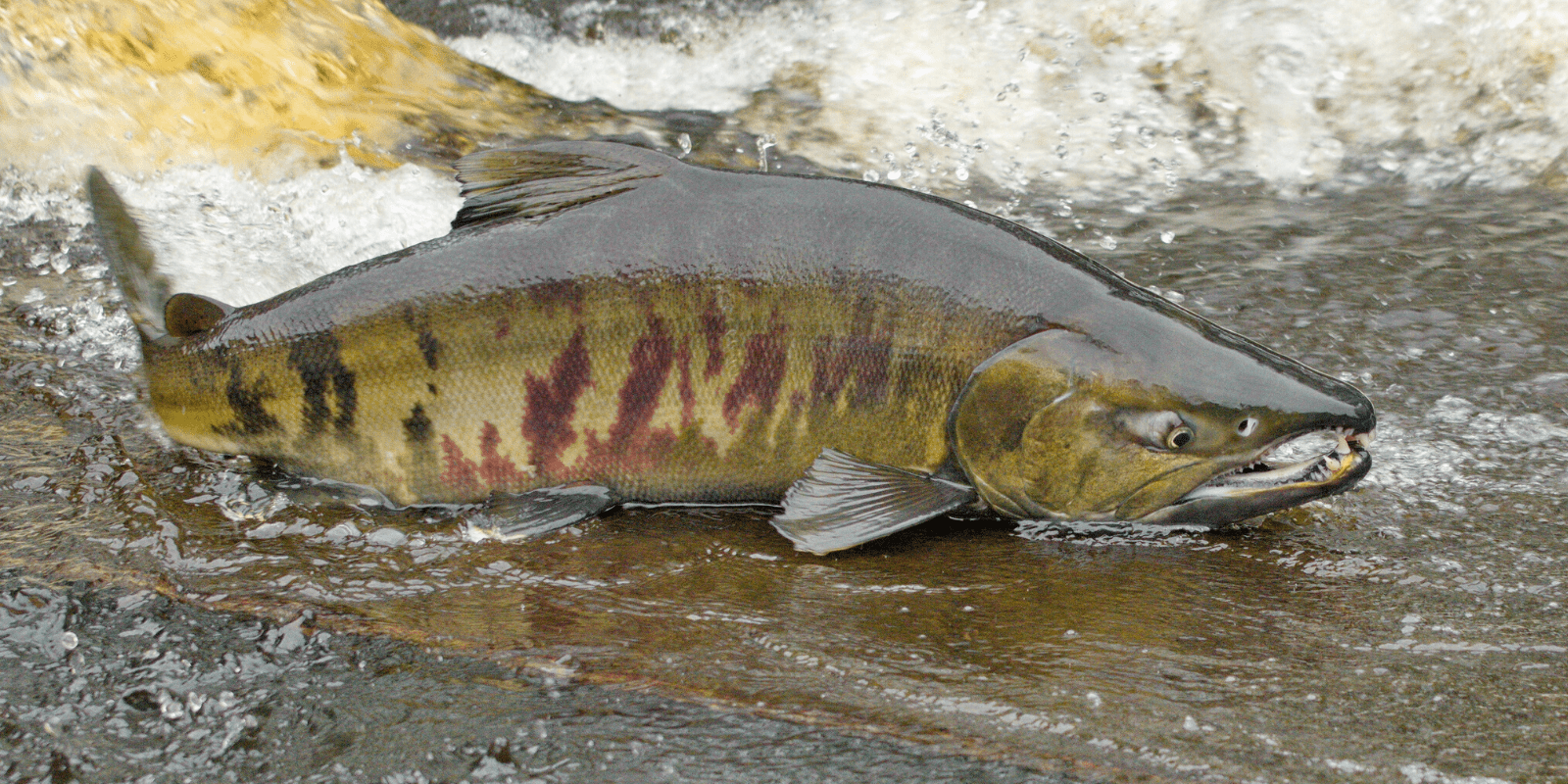We have much more to do and your continued support is needed now more than ever.
Protecting Wildlife, Fish, and Forests as We Transition to Clean Energy

All forms of development come at some cost to the environment. Historically, some of the highest costs have been associated with our fossil fuel-based electric system, which has long served as the primary market for coal and natural gas.
Within a couple of decades, we may replace those polluting resources. But clean energy – wind, solar, hydropower, and other technologies – isn’t always cost free for wildlife and the environment. As we replace every electron of energy from fossil fuels with electrons from clean energy, we need to ensure these new, renewable power sources are responsibly sited, developed and operated.
In the Northwest, where the transition to clean energy is pretty far along, here’s how we’re meeting that challenge:
We’re using a lot less electricity. Since 1990 per capita energy consumption in the Northwest has dropped by 25%. So, despite having three of the nation’s fastest growing metro areas,
energy demand in the Northwest is being tempered by a significant reduction in average energy use per person, according to the Northwest Power & Conservation Counsel. The improvement owes largely to the adoption of aggressive energy codes for buildings and appliances and advances in efficiency.
We’re moderating peaks in usage. Because the electric system must meet even the most extreme levels of electricity demand – the hottest day of the year, for instance — it tends to be overbuilt. So much so that some gas-fired power plants are only used three or four days a year. That’s remarkably expensive and inefficient. So, utilities are developing “demand response” programs that offer customers incentives to shift some of their electricity use to non-peak times. In this way, they help moderate peaks and avoid the cost of building more power plants.
Electricity consumers are becoming prosumers. Thanks to new technologies like home and building energy management systems, grid-integrated appliances, electric vehicles, and home solar, utility customers are selling energy services to their utilities as well as buying them. That enables utilities to manage electricity demand as well as supply, resulting in a more efficient system.
We’re making clean energy cheaper. Local wind and solar resources now generate power that is cheaper than the electricity generated by 75 percent of coal-fired power plants in the country. Wind and solar are also becoming increasingly competitive with natural gas. The reduction in reliance on fossil fuels would be a win-win for climate-impacted communities and wildlife – and for people’s wallets. Customers whose utilities rely most on coal have the fastest rising utility bills in the nation.

When clean energy inflicts an unacceptable price, we’re trying to clean up the mess. Cleaner energy can sometimes levy unacceptably steep costs upon wildlife and ecosystems — as in the case of four hydroelectric dams on Washington’s Snake River, which are devastating salmon populations and hurting other wildlife. In response, we’ve identified a portfolio of clean energy alternatives, including wind and solar, that can replace power from the dams with no reduction in reliability, no increase in emissions, and at little incremental cost.
So, when defenders of the status quo tell you that fossil fuels can’t be replaced because clean energy is too expensive, or that it has its own environmental drawbacks, or that the sun doesn’t always shine and the wind doesn’t always blow, tell them the range of clean energy solutions is a lot bigger than they think.
—
We have the chance to come together and create a more prosperous future for our region: thriving communities, affordable clean energy, and abundant salmon.
Read more stories at Our Northwest Opportunity: nwopportunity.org
Read More





















